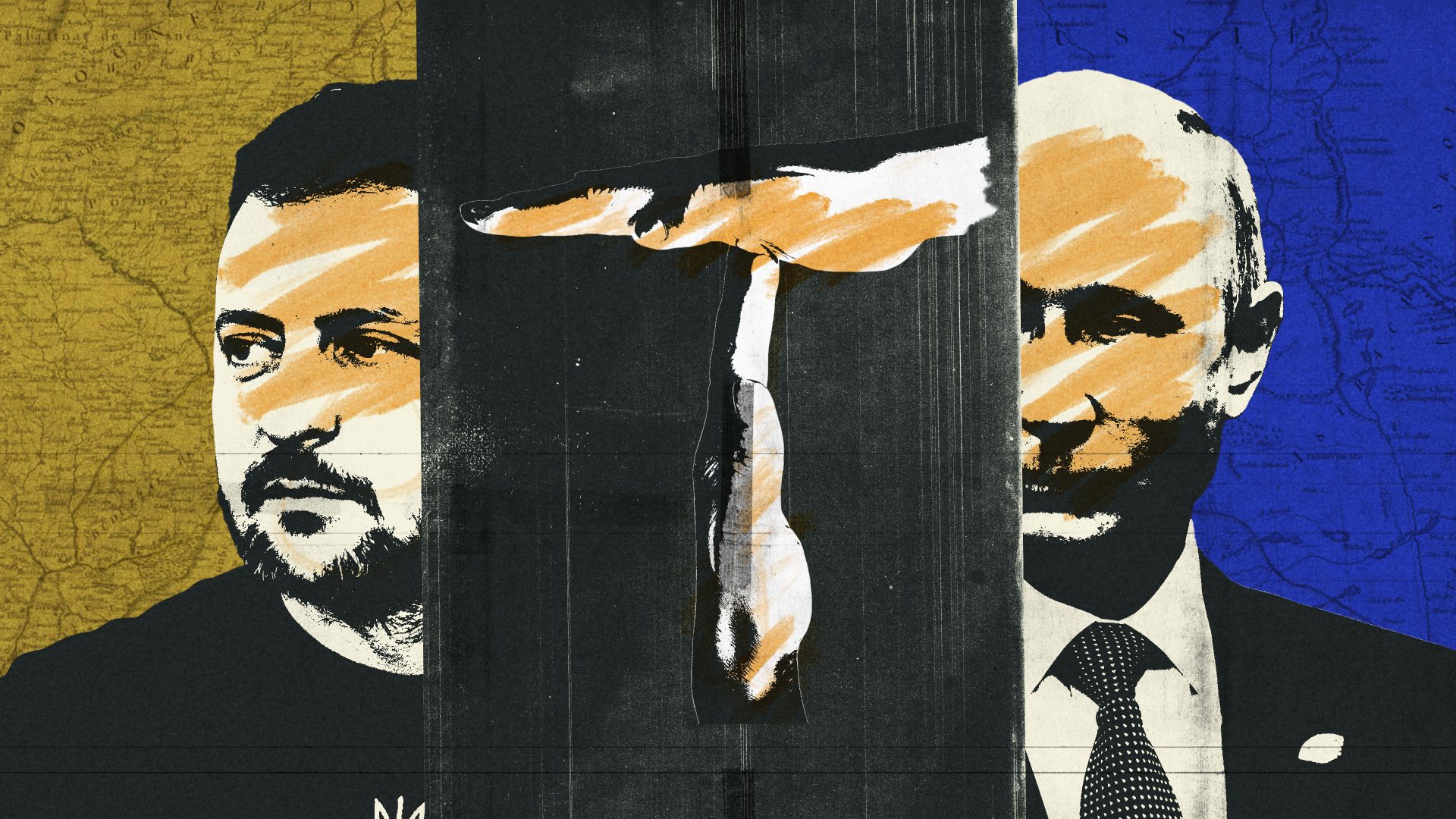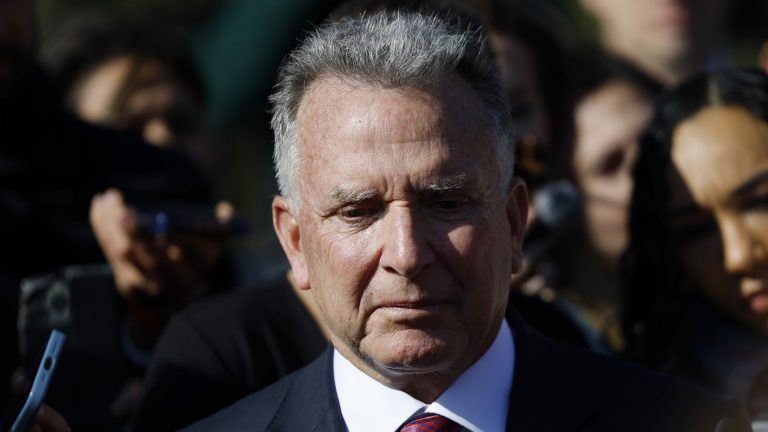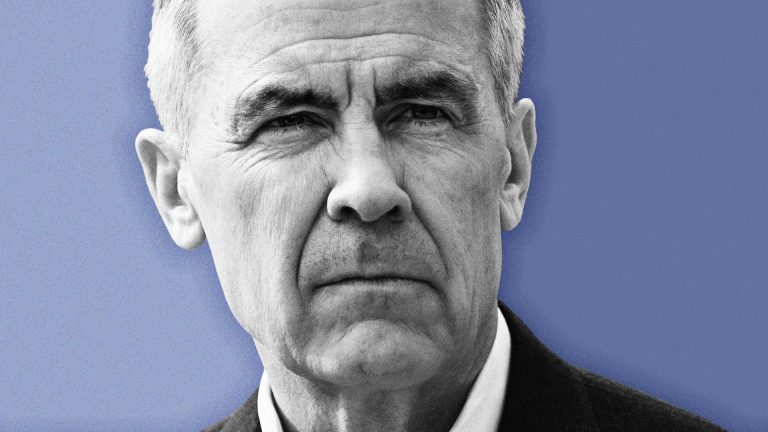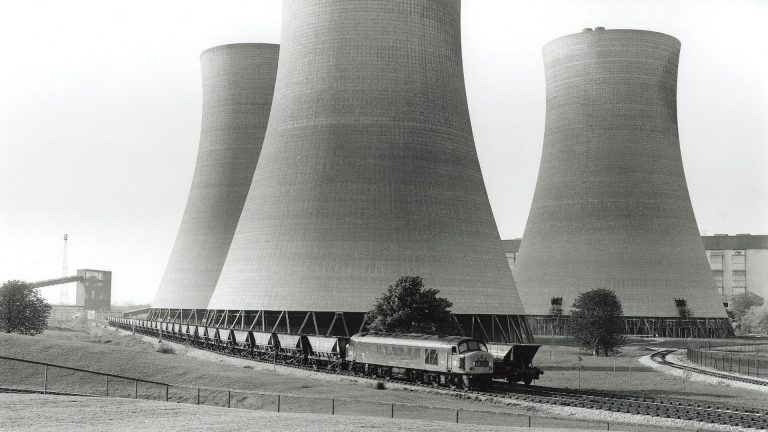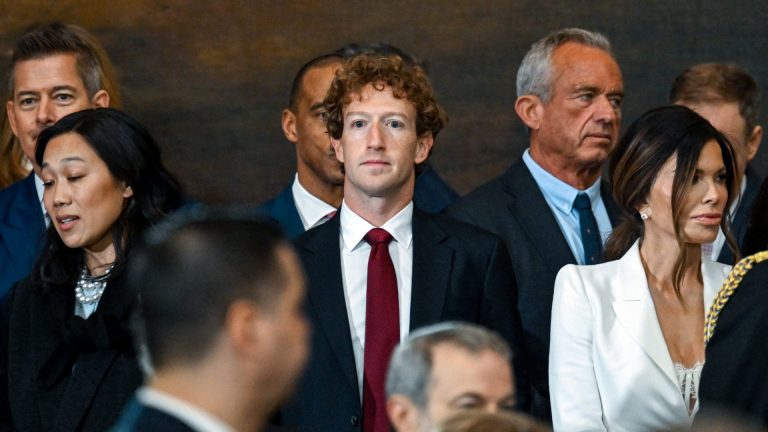There wasn’t much for Vladimir Putin to celebrate on 9 May, Russia’s Victory Day. After ten months of fighting and tens of thousands of Russian casualties, Bakhmut, a strategically irrelevant town the size of Bognor Regis, is still in Ukrainian hands. The final insult came as Moscow accused Kyiv of attempting to assassinate Putin by firing drones at the Kremlin. That may prove to have been yet another Russian false flag, used to justify further escalation against Ukraine. No matter who was responsible, it makes Russia look weak and vulnerable.
In Kyiv, at the end of April, I met a range of senior officials, politicians and military figures and from talking to them it was clear that Ukraine is determined, focused and resolute. But the nation’s leadership knows that Western support has a limit, for example over NATO membership. “We don’t expect a fully fledged invitation to join NATO at the Vilnius summit,” a senior Ukrainian politician told me at a private briefing. “But we do need a political commitment.”
I nodded, but then asked myself, “why don’t you expect a fully-fledged invitation?” After all, NATO has told Ukraine that it “will become a member” of the alliance. And yet, that alliance, and particularly the United States is not even willing to give Ukraine a pathway to membership. Yes, Russia’s war means that there are good reasons not to admit Ukraine immediately. But offering them a way to achieve eventual membership feels like the obvious option.
United States support has been one of the key factors in bolstering Ukrainian resistance, and President Biden deserves much of the credit for that, taking a bold decision to provide crucial weapons. Britain has also given important support, recently providing Ukraine with cruise missiles. But, at the same time the US, Germany and even Hungary, Russia’s European client state, are resisting the creation of a roadmap for Ukrainian membership of NATO. Supporting Ukraine from one side of the Atlantic is one thing. Having them as full members of NATO, with all the obligations that go with that, including the nightmare scenario of US boots on the ground, is another thing entirely. With a presidential election looming, Biden is trying to limit his political liabilities.
When it comes to the question of providing the Ukrainians with F-16 fighter jets, the situation is similar. Ukrainian officials know they have little chance of getting these US-made aeroplanes, at least in the short term. It is, once again, seen as a step too far inside the Biden administration, even though the F-16 is not state of the art – it entered service in 1976.
Giving Ukraine F-16s would not give them the tools to deliver a knockout blow to Russia. But at least, unlike Ukraine’s current MIG fighters, the F-16 comes closer to matching the missile range of Russia’s jets. At present, Ukraine is seriously outgunned in the air. But the western alliance is not ready to solve that particular problem.
These policies have been widely criticised, but the supporting arguments are not without merit, even on a practical basis. Ukraine may not be ready for immediate NATO membership: standards of governance, democracy and transparency, while streets ahead of Russia and improving all the time, aren’t comparable to those in Finland, whose NATO application was dealt with swiftly. For Ukraine to be able to operate and maintain a fleet of F-16s would require considerable additional resources and personnel.
I was in Ukraine with people from central European countries where there is very little debate about giving full support to Ukraine. For Slovakia, Poland, Croatia and the Czech Republic it’s very clear: Ukraine must win, so their countries can have a secure future, which means that Ukraine needs to be given the tools for victory. That view is shared in the UK, US and the European Commission. But it is easy to have this opinion in principle and perhaps a little harder to put it into practice.
Furthermore, Europe is not united. President Macron’s visit to China exposed rifts over Taiwan policy. While France’s support to Ukraine has been considerable, the Taiwan issue suggests that Macron himself is somewhat ambiguous in his support of Kyiv. There are reports that he is working with China to push the Ukrainians and Russians to the negotiating table. It’s important to be clear about what that would mean: Russia currently occupies about a third of Ukraine’s territory and has subjugated around one million of its people. It is a specialist in exploiting frozen conflicts to its advantage, as it has done across the former Soviet Union, notably in Georgia, Armenia and Moldova. A ceasefire on current front lines would make Ukraine a failed state. It would never be secure, it would never be able to develop economically or politically and it would always be at the mercy of Russian greyzone escalations. A ceasefire now, as China, Brazil and the European left all appear to want, would hand victory to Moscow.
And for all its losses in Ukraine, Moscow is still a major threat. If it makes gains from its war against Ukraine, there is absolutely no reason to believe that persistent Russian aggression toward the West would cease. And what’s more, the majority of NATO countries are still failing to invest in defence, in spite of this aggression. Countries including Italy, Germany and Canada, as well as smaller but very wealthy countries such as Denmark, Norway and the Netherlands, do not meet the two per cent NATO target for defence expenditure.
For years, Americans complained that Europeans weren’t willing to pay for their own defence. It seems baffling that this is still the case, even after Russia has started a major land war. Only the frontline states such as Poland and the Baltics, in addition to the traditional European military leaders France and the UK, are at (or very close to) the NATO target. In this context, you can understand Biden’s caution. As a passionate European, I find it depressing when our allies, particularly in Western Europe, conform to the freeloader stereotype.
In all the conversations I had in Ukraine, one issue was clearly at the top of the agenda: Ukraine’s counteroffensive. But it was put on the agenda by the visitors, not by the Ukrainians. On the long train journey into Kyiv, crossing the vast open spaces of the Dnipro uplands, I was struck by how much of the landscape appeared to be flooded by meltwater. A late winter and spring means that the rasputitsa (the mud season) is under way. We all saw the images from last year of Russian tanks stuck in vast pools of mud. This means that the counteroffensive, while looming, is unlikely to be imminent.
But it is still a subject of discussion at every meeting. Feverish speculation abounds on what the Ukrainians might try to do. Will it be the push for Melitopol – cutting the Russian occupied territories in the Donbas off from Crimea? Too obvious, says a former British military intelligence officer who has spent much of the past year in Ukraine.
Or Zaporizhzhia, seizing the vast nuclear power plant so that you can turn the lights off in Crimea? They won’t risk a battle over a huge atomic reactor, says another. If you ask the Ukrainians, they are tight-lipped. I was told that only five people knew the plan in detail. Given the recent intelligence leaks in the US, as well as the ongoing Russian efforts to infiltrate Ukraine’s security structures, this level of secrecy isn’t surprising.
But the important thing is not to overdo the significance of this particular counteroffensive. You hope that the Ukrainians will be able to make considerable progress against Russia. But the Russians have spent the past six months digging in, constructing trenches, scattering tank traps and dragon’s teeth. It may not be possible for Ukraine to deliver a knockout blow in 2023, and to expect them to do so is to set them up for failure. This risk increases when you consider that Ukraine is short of many of the things it needs for its war. The EU promised to send 1 million artillery shells to Ukraine over the coming year. This is far in excess of the EU’s current production levels, and there is some nervousness over whether this is in fact deliverable. In the original plan, the EU was going to spend €1 billion on ramping up production. But this figure now appears to have been revised down to €500 million. At present, the EU simply doesn’t have the manufacturing capacity to deliver at these levels.
In Kyiv I spoke to a manager from a central European defence business who was seriously concerned about Europe’s ability to get its act together in time. There are factories capable of churning out these shells, but industry figures doubt they can increase supply quickly enough.
Ukraine sees these things clearly: that there are limits to US support – that NATO membership and F-16s are still not an immediate prospect. It also recognises that the EU can talk about converting to a war economy, but may not prove very good at actually doing it. So it is making its own plans. In particular, it is trying to improve its ability to produce its own defence equipment. Both its conventional weapons production and its technological innovation are being stepped up.
I was able to visit the headquarters of Brave1, a Ukraine government initiative that is a bit like DARPA but bolder – working on the idea that crowdsourcing, rather than narrow elite engagement, can generate solutions to really complex military problems. And in certain fields, such as drone technology, the Ukrainians have already made great strides, as they demonstrated recently with an attack on a fuel depot in occupied Crimea. When Russia claimed, almost certainly erroneously, that Ukraine attempted on 2 May to assassinate Putin with drones targeting the Kremlin, it was paying its adversary a backhanded compliment. The idea that Ukraine has drone technology that can navigate the 450km from the Ukrainian border to the centre of Moscow, evading all the security precautions, shows how far Ukraine has come in the past year.
Driven by necessity – not design – Ukraine is pushing to become a leader in military and defence technology. That will reduce its reliance on western-supplied weapons, a long-term solution to the problem of allies who are at constant risk of going soft. This points to a larger issue: Ukraine is seeing that there may come a time when the war with Russia is over. But a remark by one of the Ukrainian officials I met perhaps sums up the dilemma: “Ukraine will survive the war, but the most difficult point will come after.”
Even if Ukraine regains all of its pre-2014 territory, it will still share a huge border with an unstable, aggressive neighbour. Long after Putin is a bad memory, there will be significant political elements in Russia that deny Ukraine’s right to exist, that assume that it should somehow be subsumed into a greater Russia. This is not Putin’s war, it is Russia’s war. And there is no reason to believe that a post-Putin Russia will suddenly find it easy to live with its neighbours. Ukraine, by developing its own defence-industrial capacity, gives itself sustainable protection. The analogy with Israel was one that I heard mentioned several times during my visit.
If a post-war Ukraine did not feel secure, that it did not sit at the heart of the western security and economic zone, then the Israel analogy would continue in a negative vein. Ukraine would be distrustful of its neighbours, opposed in principle to alliances, prone to destabilise and act preemptively in the face of the slightest threat. It would, to put it mildly, become a headache, even to its staunchest supporters.
So this is why Ukraine has to be fully integrated into the Euro-Atlantic security and economic zone. It’s not good enough merely to give Ukraine the arms to defeat Russia. It needs to be made structurally impossible for Russia to continue to threaten Ukraine. For all the political risks, Ukraine’s pathway to NATO and EU membership needs to be as clear and as free of obstacles as possible. As Ivo Daalder, America’s former Ambassador to NATO observed, “this is not principally a war about territory but a war about Ukraine’s future. That is how Putin sees it. It’s how we need to see it. Without Ukraine’s full integration into the West, the war will not end and stability will not return to the continent.”

